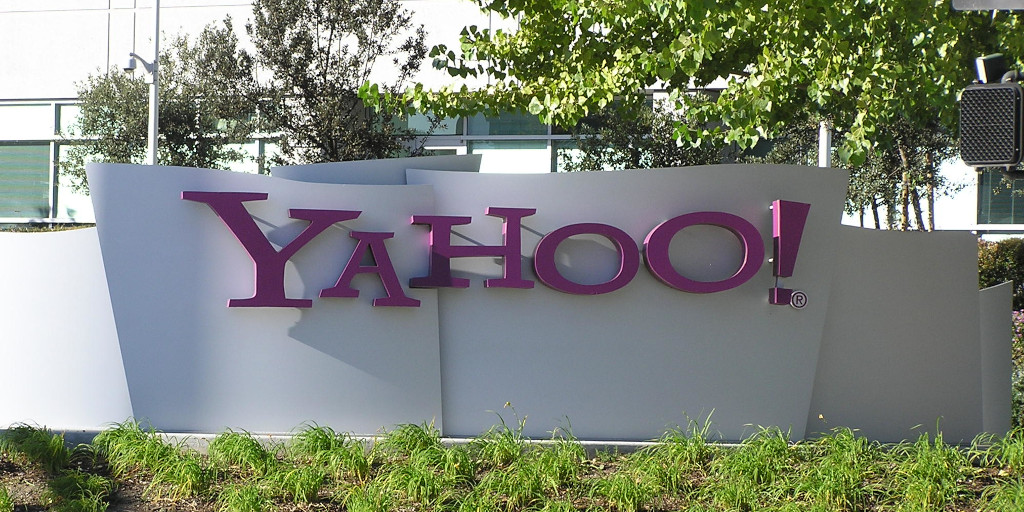It is 2021 and there is still a lot of fighting about “freedom” in open source software development. Here is an analytical breakdown of the issues.
Freedom can refer to people or artifacts (source code). When it refers to people, it is typically freedom of choice regarding what to do. There are three main roles in open source: The original programmer, an intermediary (another programmer or a software vendor), and the users or customers of the vendor. I’m simplifying, but this matches the distribution use-case in which license clauses put the most obligations on people.
When freedom refers to artifacts, it is usually a license that forces behavior of the people wanting to use the artifacts. Whether freedom is something that can be attached to anything else but humans, I’ll leave to philosophers to discuss.
An open source programmer defines the license for their work. If the programmer chooses a permissive license, they give the recipient of their code, e.g. a vendor, freedom of choice on how to pass on the code. If the programmer chooses a copyleft license, they force the vendor to pass on their work to customers using the same copyleft license. This creates freedom for the customer who in the situation that the vendor does not provide the source code can possibly help themselves in the case of bugs.
So, freedom of choice refers either to the vendor (permissive license) or their customers (copyleft license). Denigrating programmers and vendors who use permissive licenses as anti-freedom, because they want to keep their own freedom, seems unfair to me.
In reality, of course, vendors have long banned using copyleft licenses in their products. The whole fighting one can observe comes from either clueless vendors who did not know what they were getting into or historical circumstances like the Linux kernel being both unavoidable and mostly copyleft-licensed.
The open source software industry is vendor-dominated, and so it is no surprise that most new open source software is permissively licensed.

This may change, if users take a more active role and will try to reign in the profits of the software industry, but that is still far into the future.









Leave a Reply